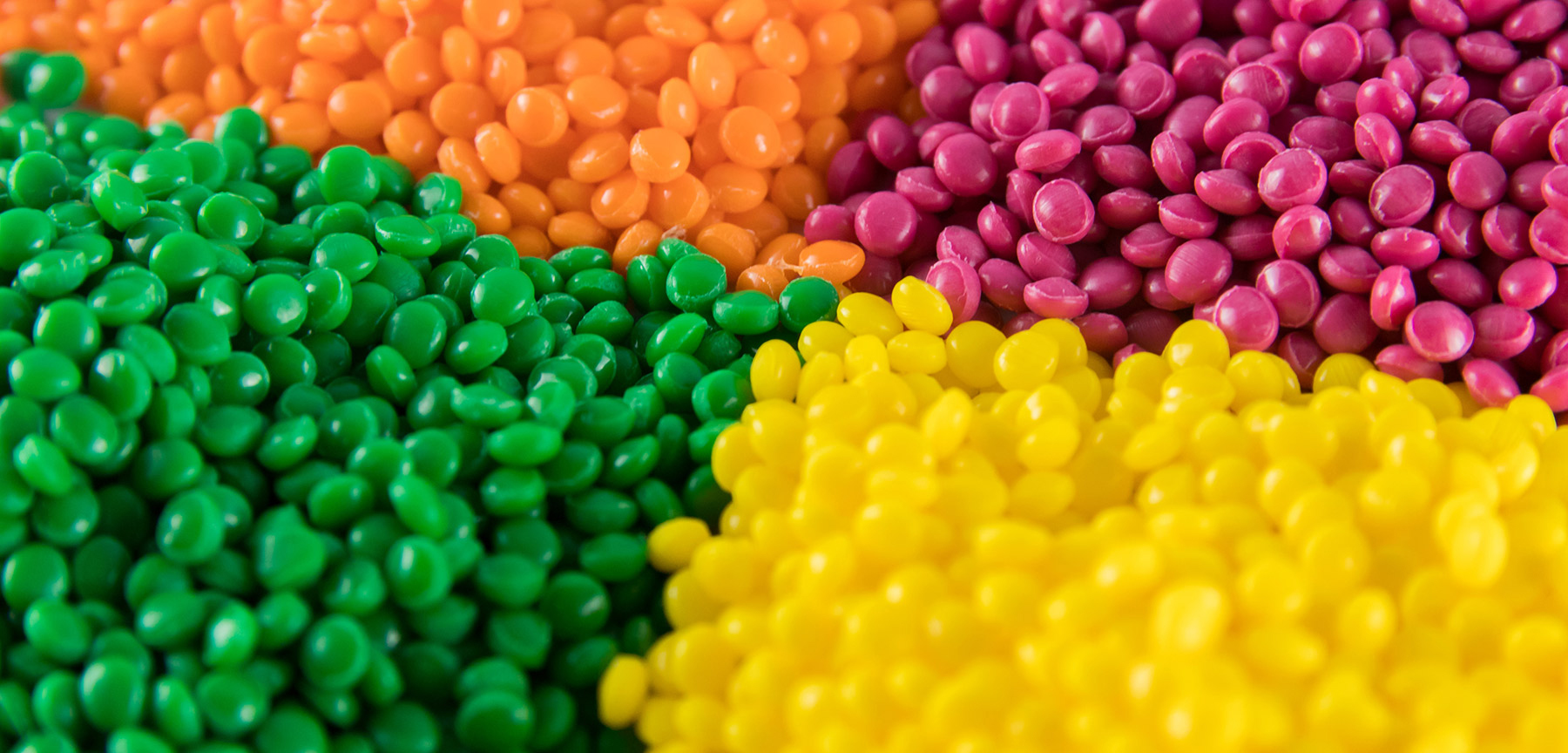
The use of masterbatch in the plastics industry is a common and cost-effective way of adding color to products. Masterbatch, a granulated material with a high concentration of pigment, is cheaper than pre-coloured main material or using pigment powder, and it also allows for more flexibility in terms of inventories and availability. However, the overuse of masterbatch can result in wasted material and increased production costs.
In the plastics industry, there are several methods for using masterbatch, including pre-mixing, batch blending, and volumetric and gravimetric feeding. Pre-mixing is cost-effective but may result in inconsistent mixtures, leading to overuse of masterbatch. Batch blending ensures homogeneous mixtures but can be expensive and limit production flexibility. Volumetric feeding is cheaper but less accurate and inconsistent. Gravimetric feeding is more accurate and consistent but requires a higher initial investment. Manufacturers should choose the method that best fits their production needs, quality requirements, and budget constraints.
From tests conducted in several large manufacturing companies, we discovered excess use of masterbatch, resulting in yearly loses of up to EUR 25,000. However, with the right solution, the masterbatch consumption can be reduced and result in cost savings of 20%-60%.
In order to find out how this can be achieved, click on this link to receive our guide to masterbatch savings.
© Copyright Ampacet Corporation. All Rights Reserved